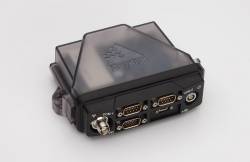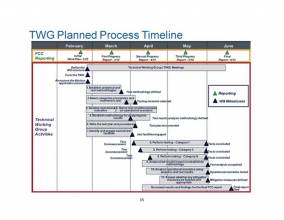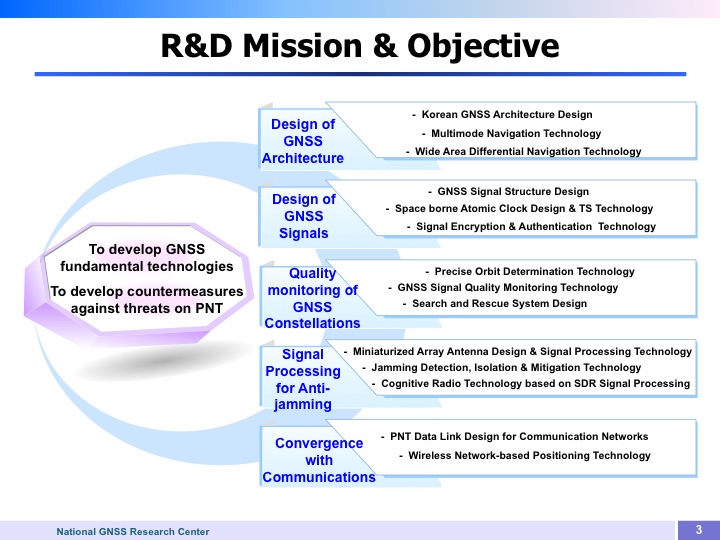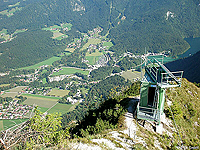NovAtel Announces FlexPak6 Enclosure Featuring OEM6 GNSS Technology
 NovAtel FlexPak6
NovAtel FlexPak6NovAtel Inc. has announced the launch of its FlexPak6 GNSS enclosure, the first product to house the company’s new OEM628 multi-constellation receiver.
According to the Calgary, Alberta, Canada–based company, the 120-channel FlexPak6 is designed for easy integration into new user equipment and is capable of tracking all current and upcoming GNSS satellite signals, including GPS L1/L2/L2C/L5 (code and carrier phase), GLONASS L1/L2, Galileo E1/E5a/E5b/Alt-BOC, Compass/BeiDou-2 and satellite-based augmentation systems.
By Inside GNSS













